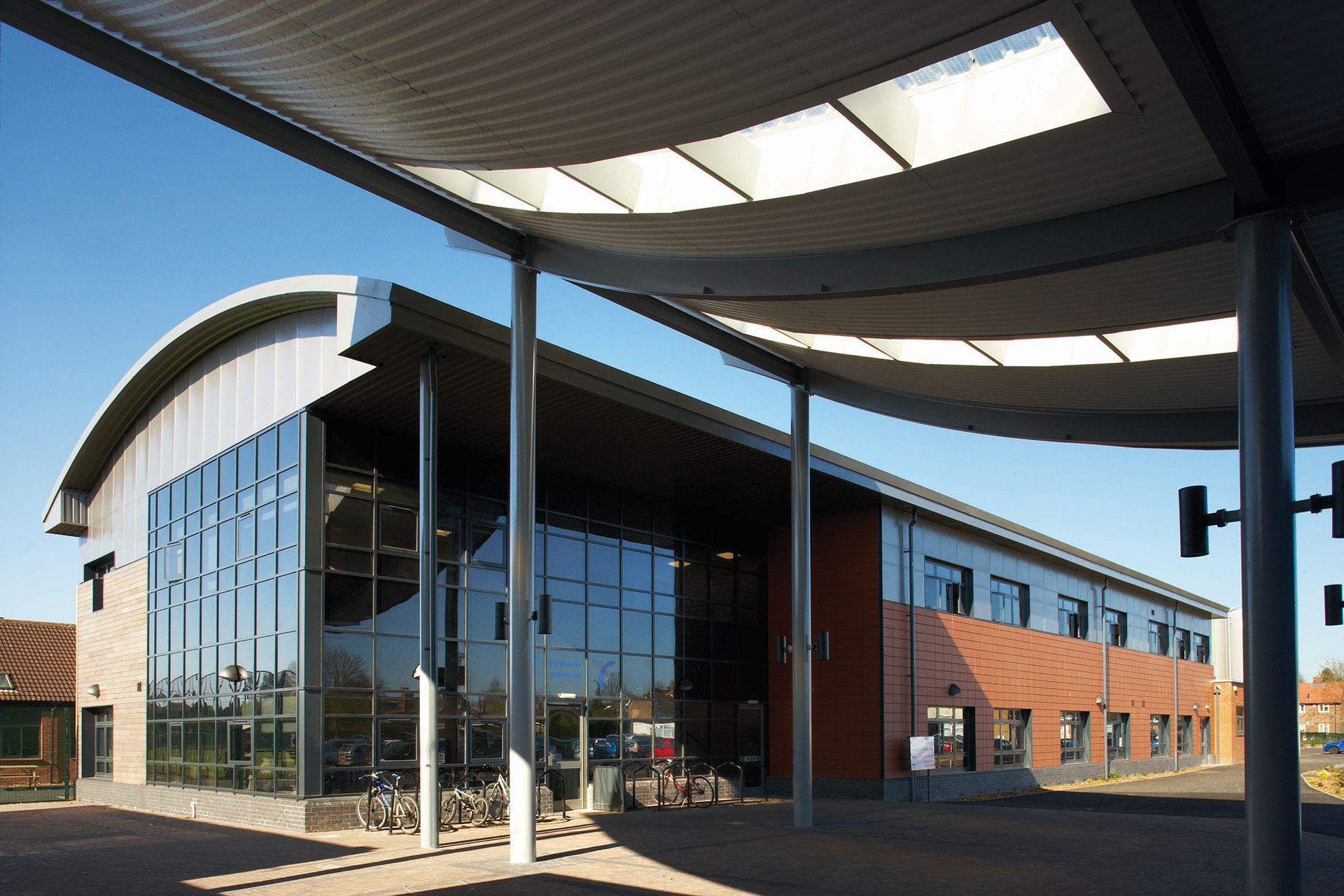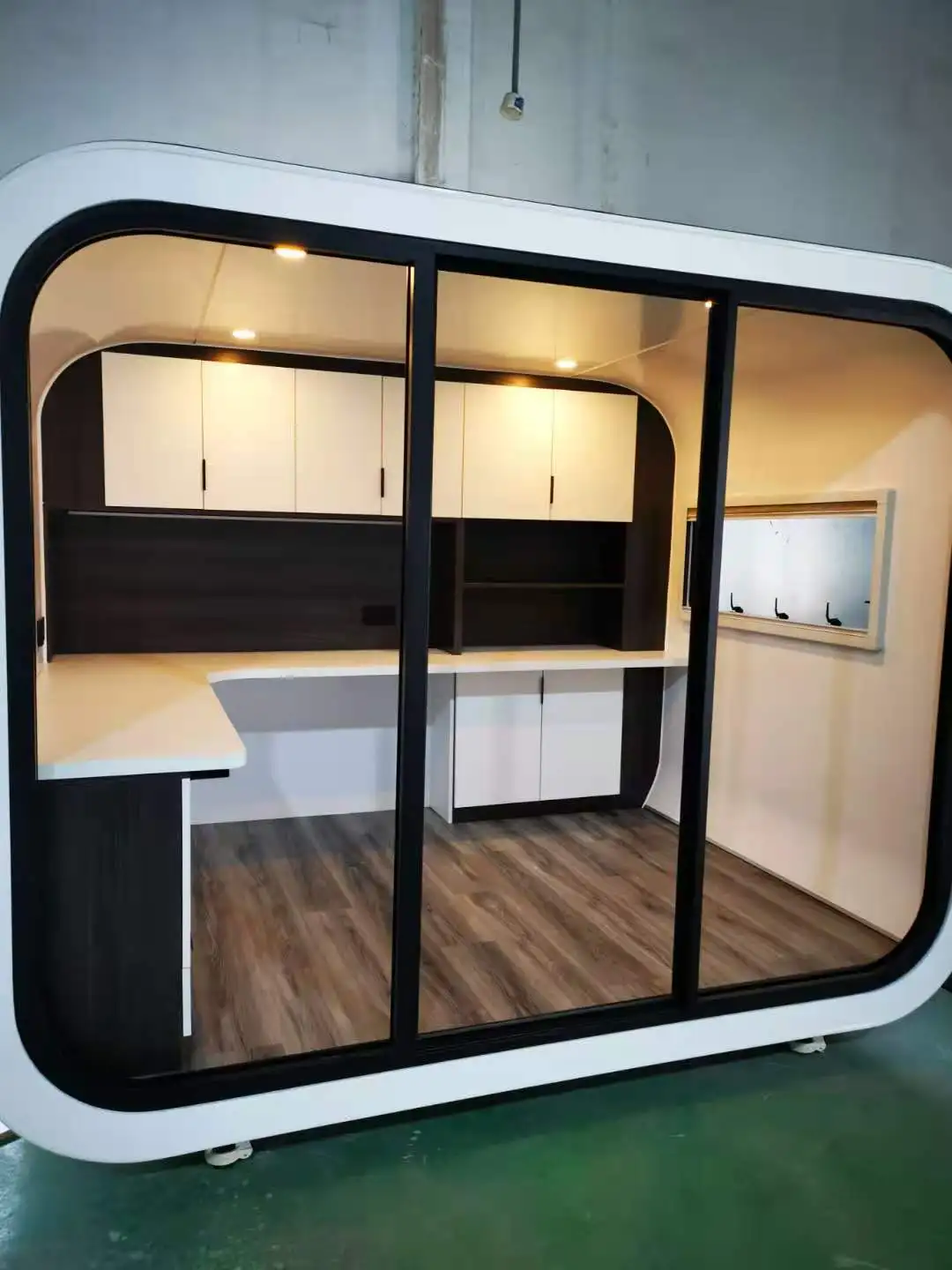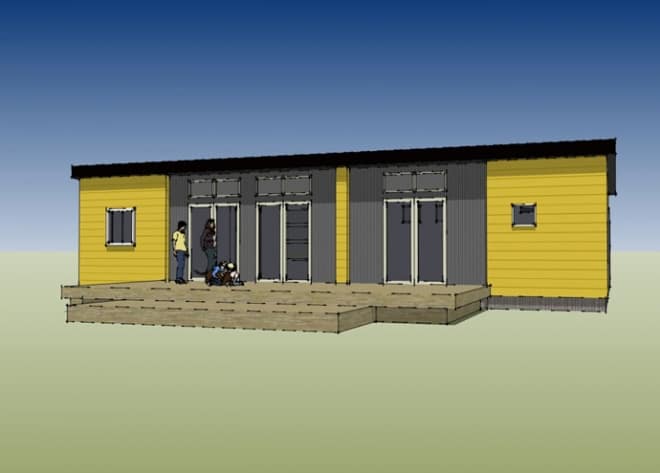Table of Content
It’s that time of year again when Floridians start inspecting their hurricane ties and straps in preparation for the potential big one. For example, most modular builders use a glue and nail combination for all wood-to-wood joints. This method has been tested and proven to withstand hurricane-force winds. These two terms are often used interchangeably when discussing home construction, but they are not identical. In fact, there’s been a significant increase in demand for these homes over the past few years as more people have become interested in buying them.

The primary difference between modular and manufactured homes is that modular homes are held to the same local, state and regional building codes required for on-site homes. Manufactured homes are held to a federal code set by the Department of Housing and Urban Development and have the ability to move. Prefab homes are traditionally wood framed, but the push toward modern styles and sustainable living has forced the industry to adopt steel-frame construction for some projects. This allows modular and panel built homes a flexibility in design that allows for custom architecture. Although manufactured home prices vary, they still tend to cost less than traditional and stick-built homes. Manufactured homes are built in factories, which means there are no issues with weather delays or losses due to theft or vandalism.
The Holistic Luxury Hub
Prefabricated homes are constructed by assembling individual pieces of wood frame panels at a remote location. Their price makes them ideal for first-time buyers or individuals wanting a lower monthly loan payment. While anyone can buy a manufactured home, certain programs place restrictions on who can qualify for a loan, how much you can borrow, and where the home is located. Sarah is a freelance journalist and editor writing for websites, national newspapers, and magazines. She loves testing the latest home appliances, revealing the trends in furnishings and fittings for every room, and investigating the benefits, costs and practicalities of home improvement. It's no big surprise that she likes to put what she writes about into practice, and is a serial house revamper.

The common size terms are single wide, double wide and triple wide. The main difference between a house built on-site versus a modular home is size. Modular homes tend to be larger than traditional stick-frame construction because they’re assembled at a manufacturing facility before being shipped out to their final destination.
Hurricane Tie and Strap Code for Florida (Do You Need Them?)
Yes, we use state of the art custom design software, today no two homes are built alike. The modules are then transported by flatbed trucks to the homeowner’s vacant lot and assembled as a unit on top of a foundation . It’s a bit like assembling LEGO blocks, where each piece represents a separate module. Prefab homes come in several varieties, including those made from large modules that are assembled on site, such as Royal Homes, or smaller, fully built homes that just have to be delivered.

The best way to get an idea on pricing would be to contact our Design Centre nearest to where you are building. Factories aren’t subject to the whims of the weather, so build times are shorter. Modular homes are also greener ‒ the controlled environment makes production extremely efficient, drastically reducing waste. Modular housing has proven to be a quick and cost-effective alternative to traditional stick-built housing.
Building Limitations
Financing and insurance for modular homes is no different than a traditional, site-built home, whereas manufactured homes often require RV loans and insurance. Essentially, personal property is movable property and real property is immovable property – land and anything attached to the land. Some lenders do not finance the purchase of manufactured homes because the land on which they sit is generally rented, and the home itself can be moved. Rocket Mortgage® offers conventional loans on manufactured homes that have been affixed and converted to real property. This type of construction can be useful in building houses that don’t work neatly as modules and it can be just as structurally sound as other types of prefabricated building. Commercial prefabricated building is often done this way as it allows for wide open spaces and high ceilings.

The design process varies depending upon what type of house you’re looking at. Some manufacturers offer more options while others limit their choices. You’ll want to find out which company offers the most flexibility when designing your new home. Prefabs have become more popular over time because they’re easier to build than traditional stick-frame houses. Modular homes can cost anywhere from $50k-$100k depending on size and features.
You can also purchase land from developers who have already built several modular homes and use their plans to create yours. This method typically costs about 10% more than purchasing a ready-to-build model. If you’re looking for a quick fix, then a modular home might make sense because it allows you to get started quickly while still giving you plenty of room to design your dream house later.
Factory-line assembly also means manufactured houses can be built to scale, which drives down the cost of materials and labor. Property taxes on manufactured homes are also lower thanks to their smaller size and value. Before weighing up the pros and cons between manufactured and modular homes, let’s define what we mean by both terms. As we mentioned, both manufactured homes and modular homes are types of prefabricated homes. In other words, in advance away from the site where it is to be built. Perhaps the largest difference between prefab homes and manufactured homes is the quality of the final product.
Modular homes are built in sections in a factory, then transported to the building site and assembled with the help of a crane. This process is similar to assembling a large piece of IKEA furniture. One detractor of manufactured homes is that they tend to develop more problems than other styles of prefab housing. And actually, it may be a superior option to having a house built entirely on-site the traditional way. In the past the general term for this style was mobile homes but modern manufactured homes have strict building guidelines that overcome the common pitfalls of mobile trailers.

Because the home is built in modules, you can remove one, replace a modular with another, swap one design, or do just about whatever you want. In general, when you’re considering a prefab home, you will have more design options here. It even lets you work with a manufacturer and have your home look different from the other prefab homes out there without anyone knowing the same company built your home.

No comments:
Post a Comment